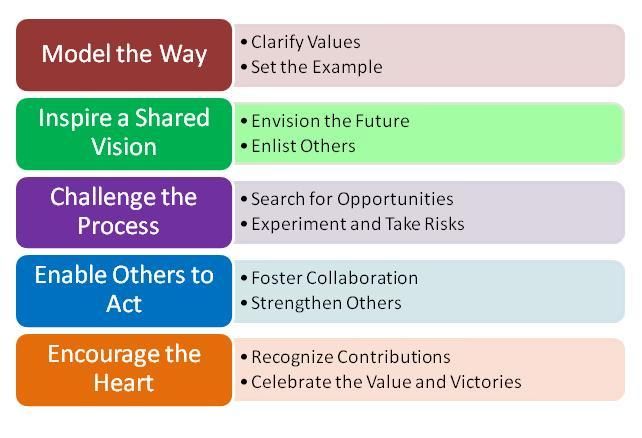Lean leadership: Are you ‘leading’ or ‘doing’ the work?
Sep 1, 2020
By Debra Hentz, Center for Government Innovation
“It had to get done quickly.”
“It was hard to explain it to others.”
“My team is inexperienced.”
“It was just easier to do it myself.”
“I wanted it done my way.”
These are some of the excuses I made in the past for why I was doing great work rather than leading my team to reach our goals. Then I realized that to become a better leader and build a high-performing team, I needed to admit that I was doing the work rather than leading the organization.
Some might call leading “staying in your lane” or “playing your position.” I like to think of it as simply doing the job the organization hired me to perform. If I am the leader, then I need to “lead” even when it seems more difficult and risky to give up control. My biggest challenge was determining how to make the transition from a great worker to a better leader.
As a Lean specialist, I know that improvement only comes from measuring key elements to track positive change or identify the lack of improvement, which means adjusting my original plan. But how does someone measure leadership skills? I rely on the book “The Leadership Challenge,” by James Kouzes and Barry Posner, for guidance. Often called K&P, after the authors' last names, the book presents five behaviors identified during research conducted in 1983 that captured “what people do when they are at their ‘personal best' in leading others.”

Here are three examples of measured steps I took to improve my leadership skills.
Looking to the past
One K&P leadership behavior is to “encourage the heart,” which means that others' contributions are recognized and celebrated with clarity about what was achieved and how core values played into the success. Measuring this key element forces the leader to identify and explain the contributions others made to achieve organizational goals.
If you are a leader, then there should be lots of other contributions to celebrate, not just your work or the actions done by one of your favorite employees. Pick a past goal and make a list of contributions. Assess your leadership behavior and set a goal that there will be more contributions made by others in the next project that you lead.
Assessing the present
The K&P leadership behavior “challenge the process” is often misinterpreted, because the primary focus should be on your processes, not examining others. As a leader, do you establish and communicate goals with clarity and then delegate the authority to others to complete specific tasks? If not, then possibly you are “doing” more than “leading.”
Delegation is about maximizing your resources, achieving more of your highest priorities, and developing your team members along the way. You can measure your level of delegation in terms of how many check-in or update meetings you have with team members where you listen more than talk. The meeting is for them to inform you, for you to learn what they have accomplished, and to confirm that their plan for next steps continues to align with your intentions and the organizational goals.
Preparing for the future
Future is about the unknown: predicting what is coming next, what information is needed, and how decisions will be made to “inspire a shared vision,” another K&P behavior. But how do you measure what you don't know and what has not yet happened?
This measurement is about how you spend your time, or what I call “leaders look forward.” Hopefully, your team is following an implementation plan with clear steps and deadlines to achieve current project goals. Leaders remain connected to that plan, check on milestones to stay on target, and help team members identify new information that might affect or change the original plan. That is a manager's key role on every project.
However, as a leader, you need a different perspective that looks ahead to what is beyond the current horizon. While people doing today's work are empowered to complete their assignments, you gain time to look to the future preparing for the start of the next project or new set of goals. Your work as a leader needs to start before the rest of the team so that you are ready to kick-off the next initiative with clarity and confidence. Measuring the percentage of your time spent looking to the future rather than on the present indicates your level of leadership versus working. Leaders look forward.
Start today
Setting personal leadership goals and measuring your progress can be a humbling experience if you find that you are “doing” more than “leading,” but it is the first step in your leadership improvement plan. Watching your measurements improve over time increases your motivation to face the challenges and embrace the risks that are essential to becoming a better leader. In its preface, “The Leadership Challenge” states that “The most significant contributions leaders make are not about today's bottom line; they are to the long term development of people and institutions who adapt, prosper, and grow.” In the end, that is a leader's biggest reward for a job well done.
